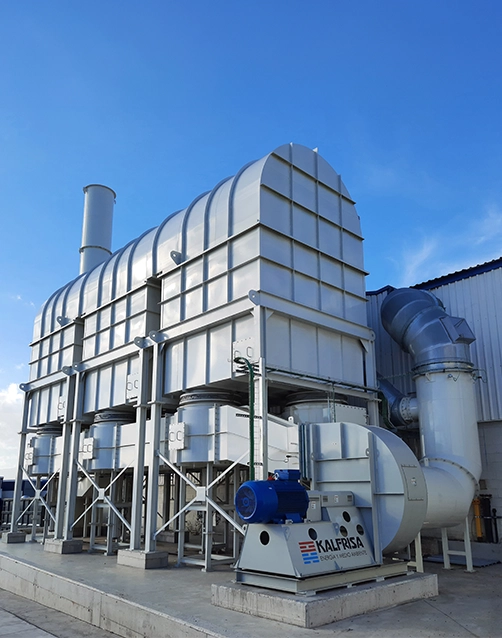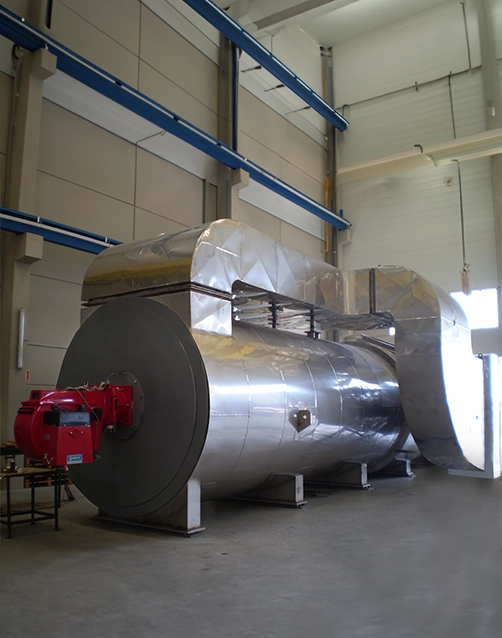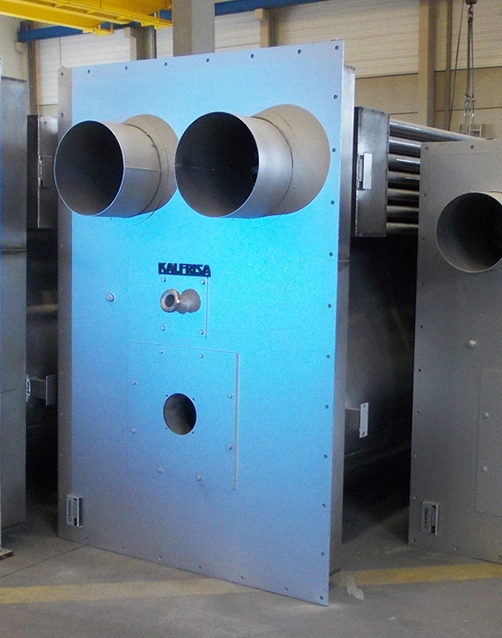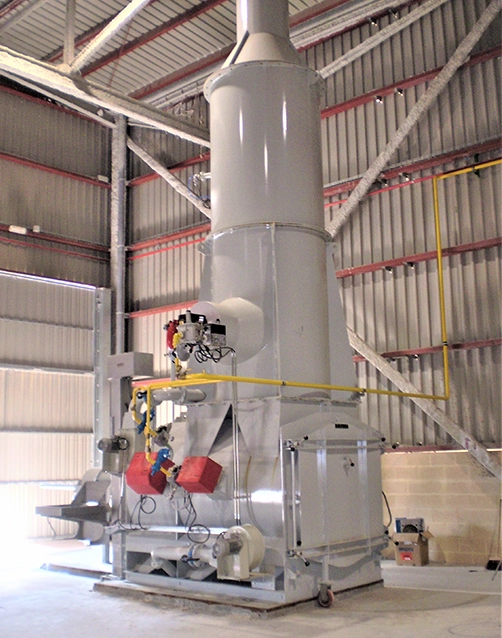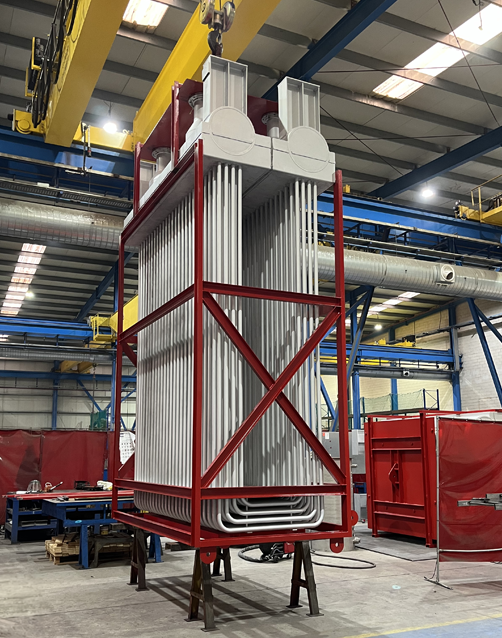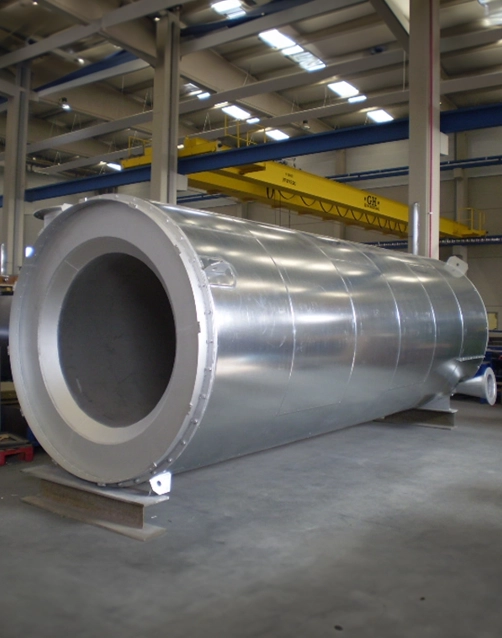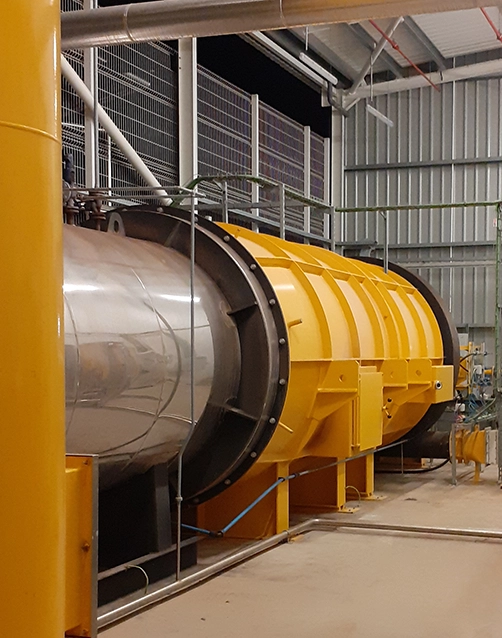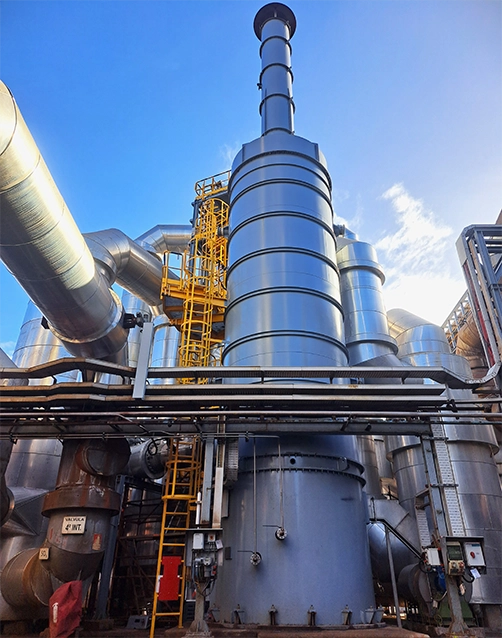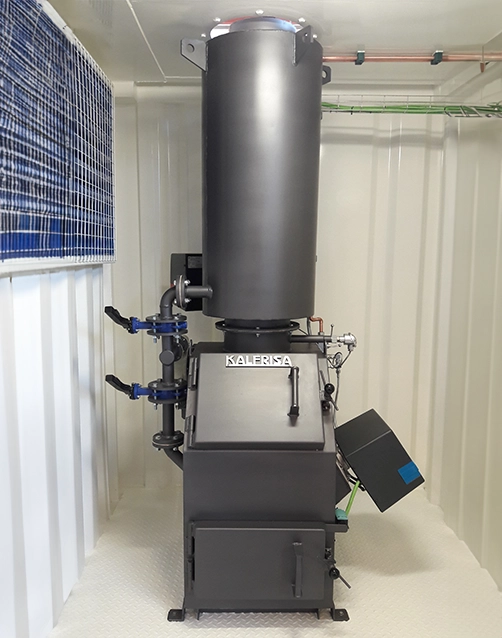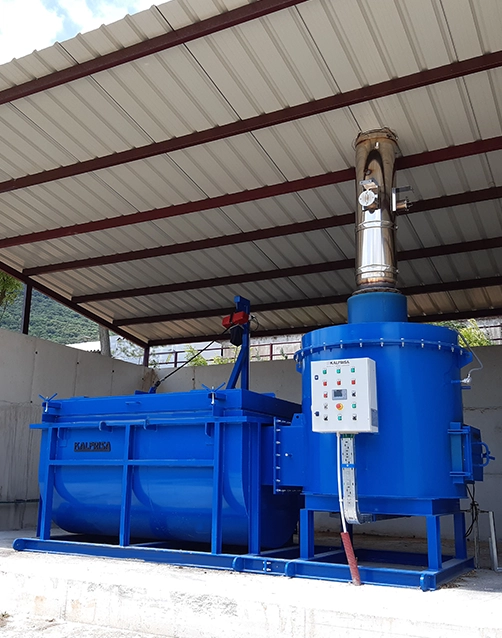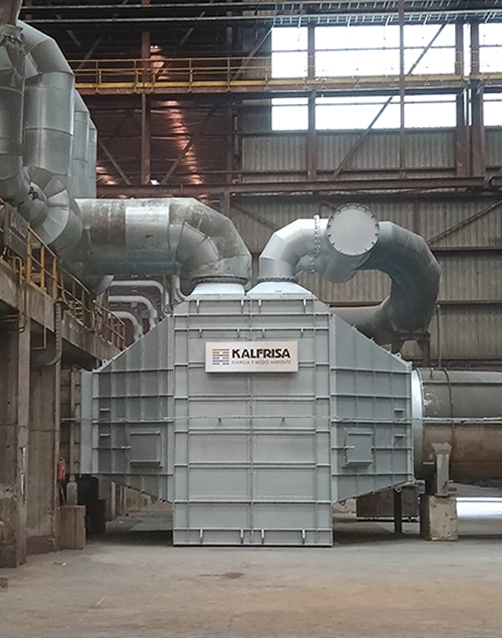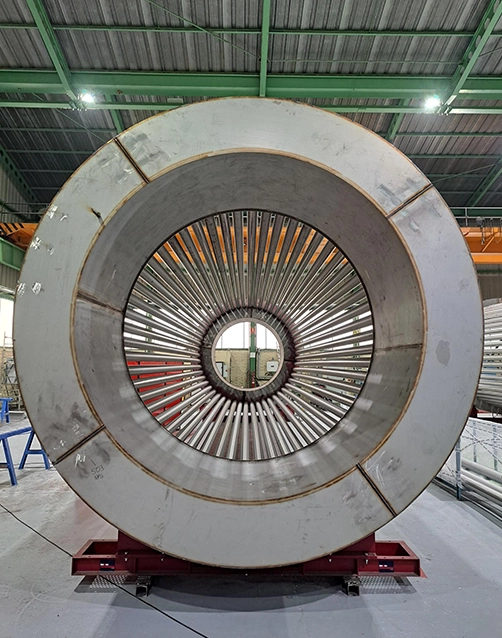Sectors
At Kalfrisa, we develop technological solutions tailored to meet the real-world needs of each industry.
Our applications are designed to improve efficiency, ensure safety, and promote sustainability in a wide variety of industrial environments.
Discover how our technologies deliver value, safety, and sustainability across every application area.
Food Industry
During the production of foods that use oils, fats, flavorings, or volatile additives, VOCs are released, which our thermal oxidizers remove to comply with environmental regulations.
Industrial air heaters are used for drying fruits, vegetables, herbs, grains, and cereals—reducing moisture extends shelf life without compromising product quality.
Automotive Industry
In the automotive sector, thermal oxidisers efficiently treat VOCs generated during painting and coating processes.
Industrial heaters ensure fast and even drying of vehicle coatings, enhancing surface finish quality.
Pharmaceutical
Incineration furnaces are used to dispose of expired or rejected products, filtration sludge, defective capsules, and API residues.
RDF – Recovered Solid Fuel
The valorization of RDF (Recovered Solid Fuel) or RDF (Refuse Derived Fuel) is carried out in continuous rotary kilns, which convert the energy value of this waste into an alternative source of fuel in energy-intensive industrial processes.
They allow the use of non-recyclable waste with high calorific value, replacing fossil fuels, reducing CO₂ emissions and avoiding its disposal in landfills.
Direct Reduced Iron (DRI)
Flexography
Frit production
Aluminium melting
Oil & Gas
Thermal treatment furnaces process oily sludge, drilling cuttings, and contaminated soils.
Paper and pulp
Paints & Varnishes
Sulphuric Acid Production
Chemical
Agricultural Waste
Thermal furnaces incinerate contaminated or unusable biological materials such as animal carcasses and organic by-products.
These systems eliminate pathogens and reduce volume, especially in areas lacking alternative treatment options.
Hospital Waste
Hospital waste incineration uses thermal treatment to destroy infectious, anatomical, and contaminated waste.
This process ensures complete pathogen destruction and reduces the volume and hazardous nature of the waste.
Industrial Waste
Thermal waste treatment furnaces destroy hazardous and non-hazardous industrial waste at high temperatures.
They reduce volume, neutralise toxicity, and recover heat in processes compliant with strict environmental regulations.

